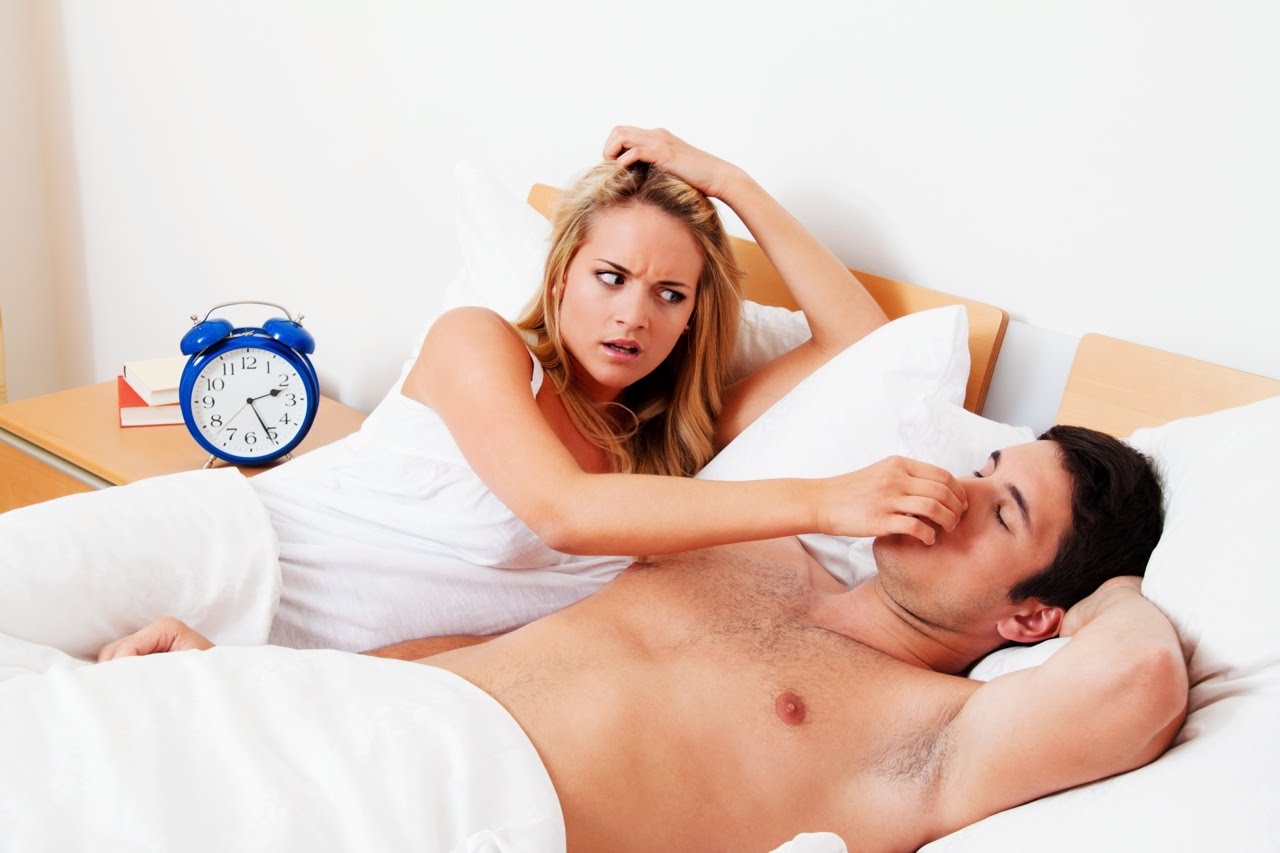 Obstructive Sleep Apnoea Syndrome is a condition which is characterized by intermitted closure or collapse of the pharyngeal airway, which results in partial or complete obstruction of airway, partial obstruction causes snoring and complete obstruction causes apnea (no breathing) which result in arousal. Affected person wakes up or changes his position in order to re-open his airway. This problem causes apnoeic episodes during sleep. During apnoeic episodes, patient do not breath which result in hypoxia (decreased arterial oxygen saturation).
Obstructive Sleep Apnoea Syndrome is a condition which is characterized by intermitted closure or collapse of the pharyngeal airway, which results in partial or complete obstruction of airway, partial obstruction causes snoring and complete obstruction causes apnea (no breathing) which result in arousal. Affected person wakes up or changes his position in order to re-open his airway. This problem causes apnoeic episodes during sleep. During apnoeic episodes, patient do not breath which result in hypoxia (decreased arterial oxygen saturation).
Signs and Symptoms
Signs and symptoms of obstructive sleep apnea occur due to hypoxia and obstruction. Obstructive sleep apnea syndrome is more common in obese people or in those people who have short or bulky neck. The partner of the patient often tells him about the apneic episodes, loud snoring, and frequent arousal.
The signs and symptoms of obstructive sleep apnea include:
- Loud snoring: The thick soft palate partially obstructs the pharyngeal airway, due to its vibration during inspiration the sound of snoring is produced. If your partner tells you that you snore then probably you have already developed obstructive sleep apnea syndrome or you are at high risk. Also, if you have associated structural airway defect such as a deviated nasal symptom then have it treated.
- Daytime somnolence: The affected person complains of daytime sleepiness, he becomes less alert and attentive. He forgets tasks frequently, becomes lazy and wants to sleep or lie in bed.
- Poor sleep quality: Our sleep has different stages, we will not discuss stages of sleep in this article, but in simple words, we can say that the affected person can’t maintain his sleep, he frequently wakes up due to hypoxia and air hunger, he needs to change his position more frequently. He wakes up before he can go into the stage of deep sleep. Deep sleep is the most comforting and effective. He frequently wakes in early stages of sleep, thus his sleep quality is affected, which result in daytime somnolence and fatigue.
- Morning headache: Morning headache is a sign of poor sleep quality and hypoxia, both of these conditions are caused by the obstructive sleep apnea.
- Decreased libido: Affected person feels less desire of sexual activity.
- Decreased cognitive performance: Cognitive and thinking ability of the person is affected. He becomes less alert and less productive.
Investigations
Monitoring of oxygen saturation with pulse oximetry and respiratory movements is all that is needed to diagnose sleep apnea. The oxygen saturation is monitor during the night. If oxygen saturation decreases during sleep and breathing movements stop for a short period of time then the diagnosis of sleep apnea is confirmed. If a person has more than 15 episodes of sleep apnea in the first hour of sleep then it indicates that his sleep apnea is severe. Another test that can be done in special circumstances is;
- Polysomnography, It is a very useful test and diagnostic test of sleep apnea syndrome. In this test Airflow at nose and mouth is also monitored along with ECG, EMG and Oxygen saturation.
Management
Management plan of obstructive sleep apnea includes;
- Weight reduction
- Avoid smoking and alcohol
- Use of Continuous positive Airway Pressure at night. A special instrument is used to deliver CPAP therapy.
- Surgery in refractory cases: Surgical procedures include;
- Reduction of pharyngeal soft tissue in order to relieve obstruction.
- Tonsillectomy
- Ovuloplasty
- Tracheostomy in severe cases.

